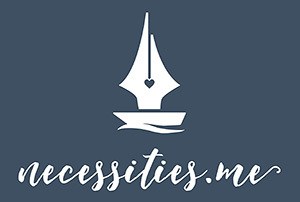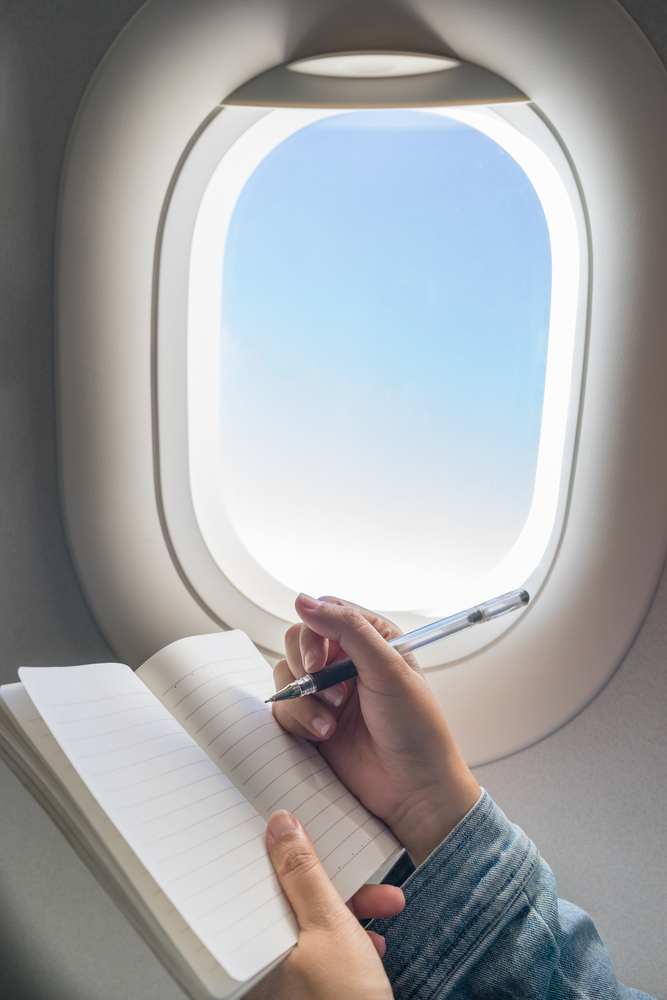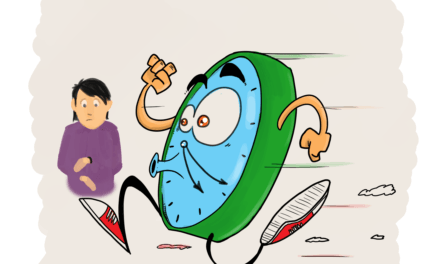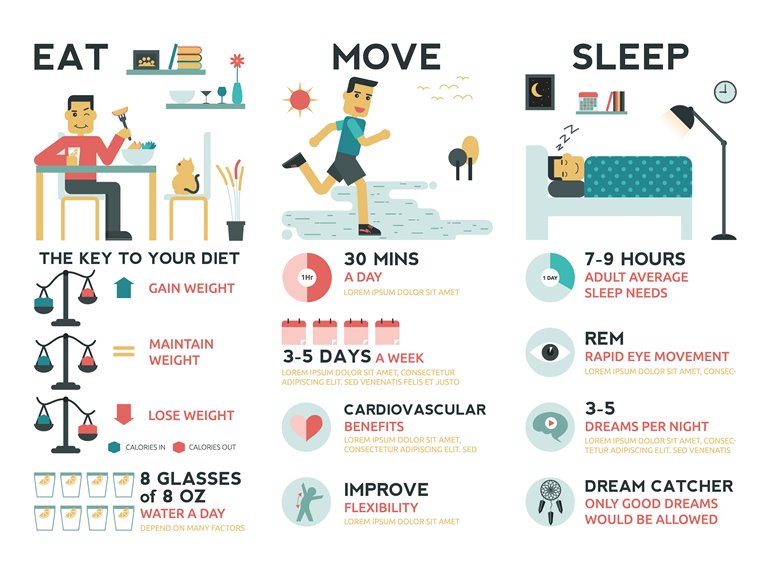6 Ways to Improve Your Breathing
Children in these classrooms learn how to self-regulate by creating conditions suited for inner awareness. The key ingredient that facilitates this process is breathing buddies. Daniel Goleman describes this exercise in his book Focus: upon a cue from the teacher, “pupils go individually to their cubbies and bring back their special, fist-sized stuffed animal: striped tigers, a pink pig, a yellow puppy, a purple donkey. The boys and girls find a spot on the floor to lie down, put their stuffed animals on their belly, and wait, hands to their sides.”
The children then follow the teacher’s voice directions (very similar to a guided meditation) as they are led through a brief deep belly breathing exercise: they take long inhalations and exhalations. Upon completing the exercise the children verbalise their belly breathing experience. Some of their statements are ‘I felt very lazy it calmed my body’, ‘it feels nice inside’, ‘it made me have happy thoughts’. The end result of this exercise was that children classified as “special needs” were calmer, more focused. These children suffered from dyslexia, speech difficulties, deafness, ADHD and autism.
A teacher at P.S.112 remarks how “children don’t act out if the school sticks to this breathing routine, it’s like a ’ritual’ at P.S.112. If this ritual is missed the kids can’t sit still, are distracted and generally all over the place.” They are teaching children from troubled backgrounds how to take “time—ins” instead of giving them “time-outs.”
Breathing buddies is a legacy of September 11, 2001 and a part of the Inner Resilience Program. Among several benefits that deep breathing brings to our bodies, it also helps build resilience and mindfulness.
Are you ready to ‘time-in’ and learn how to self-regulate through breathing?
Pick one breathing technique that you would like to try and make it a part of your ritual. Do it every day and make gradual progress (5 minutes to start with and gradually build up). Try not to overdo any of these exercises and listen to your body. Do what feels right.
Here are some ideas
- Belly Breathing: Put your elbows on a table, desk or windowsill and lean forward. Now take a deep breath in through your nostrils (not your mouth). As you breathe in this position you will notice that your inhalation automatically begins in your abdomen, with little to no movement in your chest cavity. Stay in this position and continue breathing, you are certain to feel energised and relaxed after a couple of breaths.
- Breathwork Visualisation: My massage therapist specialises in this technique. I know from personal experience that this exercise is very effective. Here is how you can perform it:
- Sit straight and comfortably placing your feet flat on the ground.
- Close your eyes and focus on your breath. (Begin breathing in and out using your belly.)
- Each time you exhale, mentally tell yourself, ‘RELAX’ or ‘RELEASE’.
- Now place your attention on your body. Direct your attention to your head, brow, jaw, face, neck, shoulders, noticing how tense each of these body parts are, and tell them to relax as you exhale. Repeat this process for other body parts.
- Once you have placed attention on all body parts and reached your toes, continue belly breathing. By now you will feel more relaxed than when you began. Allow for this feeling to deepen. Then open your eyes. Get started here.
- Retained Breathing: This breathing technique will improve your metabolism and energy levels. Here is how to perform this exercise:
- Sit up straight on a chair.
- Take a deep breath in through your belly, at the end of inhalation hold your breath for a count of three, then exhale fully and hold your breath for a count of three. Repeat this process ten times.
- As you progress you will notice that you can hold your breath for longer than a count of three, increase your count to five and then to ten. Try retained meditation here.
- Alternate Nostril Breathing: This technique was developed thousands of years ago and is well-known to a yoga practitioner. It’s called the ‘Pranayama’. In Pranayama you repeat the inhalation and exhalation process through alternate nostrils. Try Pranayama here.
- Twenty Connected Breaths: This technique was developed by Leonard Orr. This exercise is best done upon arising or before going to bed. This breathing exercise is great for improving the quality of your thoughts and releasing limiting and erroneous personal beliefs. Fascinated by self-improvement? If yes, this is a must try for you. Try connected breath here.
- Laughter, Yawns and Sighs: Laughter is the best medicine as it triggers a greater breath response, the more hysterical the laughter (the kind that makes you teary and gasp for breath) the better. Yawning and sighing also increase your breath intake and are a marvellous way to relieve stress and re-channel energy.
Journaling Tip
Pick a breathing technique that you would like to try. Then set a goal for yourself (one week or two). Upon completing the exercise each time, take five minutes of your time and document your feelings.
How did deep breathing make you feel?
What thoughts came up? Think about how the children in the article felt. They had good feelings inside. Focus on your thoughts and feelings and write them down.
Words To Grow By
Thich Nhat Hanh
“Feelings come and go like clouds in a windy sky. Conscious breathing is my anchor.”





